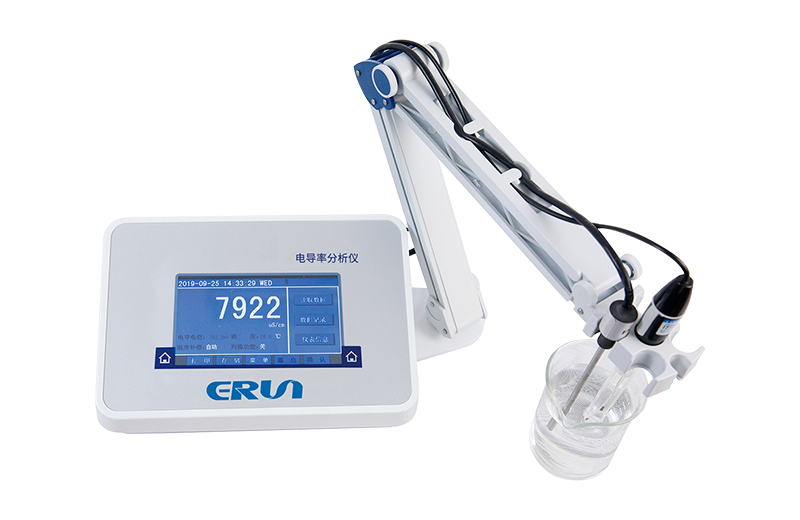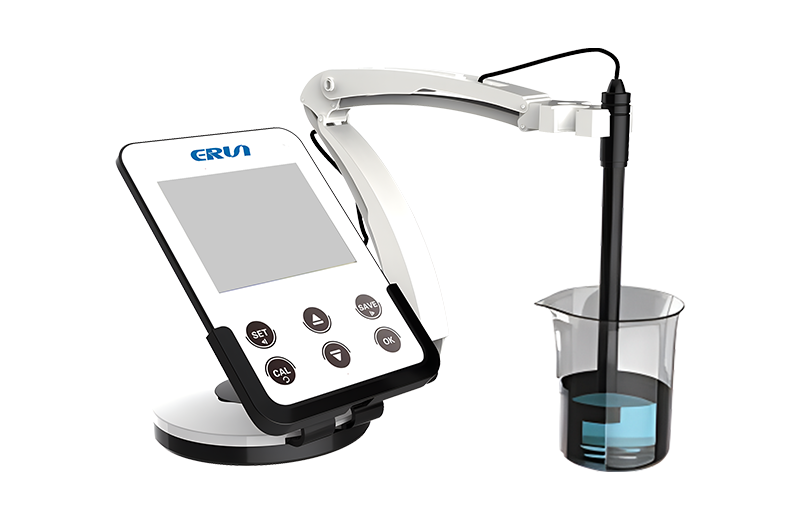Dissolved oxygen (DO) is a key indicator of water quality and plays a vital role in supporting aquatic life. Whether you're monitoring a river, lake, or aquarium, understanding what constitutes normal dissolved oxygen levels is essential for maintaining a healthy ecosystem. This article explores the typical range of dissolved oxygen in water, factors influencing these levels, and why they matter.

Dissolved oxygen refers to the amount of oxygen gas (O₂) present in water. It is essential for the survival of fish, invertebrates, and microorganisms, as they rely on oxygen for respiration. DO levels are influenced by factors such as temperature, salinity, atmospheric pressure, and the presence of organic matter.
The "normal" range of dissolved oxygen varies depending on the type of water body and its conditions. However, general guidelines can help you assess whether DO levels are within a healthy range:
1. Freshwater Ecosystems:
- Optimal Range: 6–9 mg/L (milligrams per liter)
- Minimum for Healthy Aquatic Life: 5 mg/L
- Stressful Conditions: Below 3 mg/L can harm fish and other organisms.
- Critical Levels: Below 2 mg/L can lead to hypoxia, causing mass mortality.
2. Saltwater Ecosystems:
- Optimal Range: 5–8 mg/L
- Minimum for Marine Life: 4 mg/L
- Stressful Conditions: Below 2 mg/L can be detrimental to marine species.
3. Aquaculture and Fish Farms:
- Optimal Range: 6–8 mg/L for most fish species.
- Species-Specific Needs: Some species, like trout, require higher levels (7–10 mg/L).
4. Drinking Water:
- Typical Range: 4–6 mg/L
- Aesthetic Standards: Higher DO levels improve taste and odor.
Several natural and human-induced factors can influence DO levels in water:
1. Temperature:
- Cold water holds more oxygen than warm water. For example, water at 20°C can hold about 9 mg/L of DO, while water at 30°C holds only around 7.5 mg/L.
2. Salinity:
- Higher salinity reduces the solubility of oxygen. Saltwater typically has lower DO levels than freshwater.
3. Atmospheric Pressure:
- Oxygen solubility increases with higher atmospheric pressure. At higher altitudes, DO levels are naturally lower.
4. Photosynthesis:
- Aquatic plants and algae produce oxygen during photosynthesis, increasing DO levels during daylight hours.
5. Decomposition:
- Organic matter decomposition consumes oxygen, reducing DO levels, especially in stagnant or polluted water.
6. Water Flow:
- Flowing water, such as in rivers and streams, tends to have higher DO levels due to aeration.
1. Aquatic Life Survival:
- Fish, invertebrates, and microorganisms depend on oxygen for respiration. Low DO levels can cause stress, disease, or death.
2. Ecosystem Balance:
- Healthy DO levels support biodiversity and the balance of aquatic ecosystems.
3. Water Quality Indicator:
- Low DO levels often indicate pollution, such as excess nutrients or organic waste, which can lead to eutrophication.
4. Human Activities:
- Industries like aquaculture and wastewater treatment rely on maintaining optimal DO levels for operational success.
1. Reduce Pollution:
- Minimize the discharge of organic waste, fertilizers, and chemicals into water bodies.
2. Promote Aeration:
- Use aerators or fountains in ponds and lakes to increase oxygen levels.
3. Monitor Regularly:
- Use dissolved oxygen sensors to track DO levels and take corrective actions if necessary.
4. Protect Aquatic Vegetation:
- Preserve aquatic plants and algae, which contribute to oxygen production through photosynthesis.

Normal dissolved oxygen levels are crucial for the health of aquatic ecosystems and the organisms that inhabit them. While the optimal range varies depending on the type of water body and environmental conditions, maintaining DO levels between 5–9 mg/L is generally considered healthy for most freshwater and marine environments. By understanding the factors that influence DO and taking steps to monitor and maintain it, we can ensure the sustainability of our water resources and the life they support.
Whether you're an environmental scientist, aquaculturist, or simply a nature enthusiast, keeping an eye on dissolved oxygen levels is a small but significant step toward protecting our planet's precious aquatic ecosystems.Our dissolved oxygen sensor welcome to know.